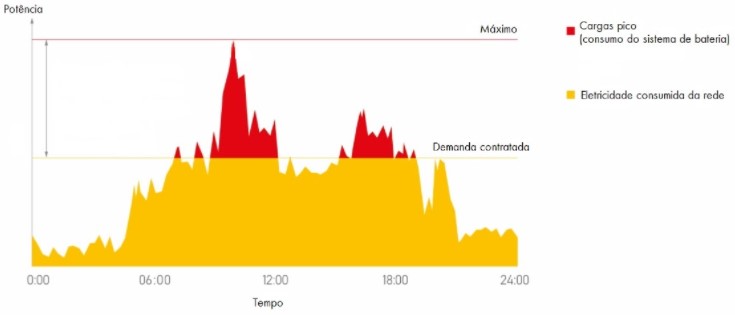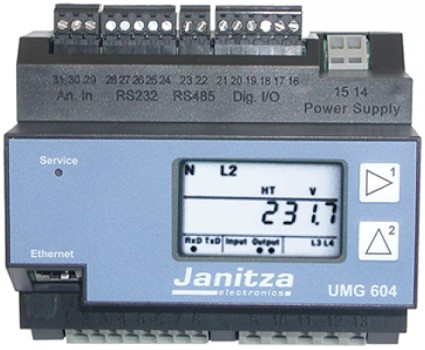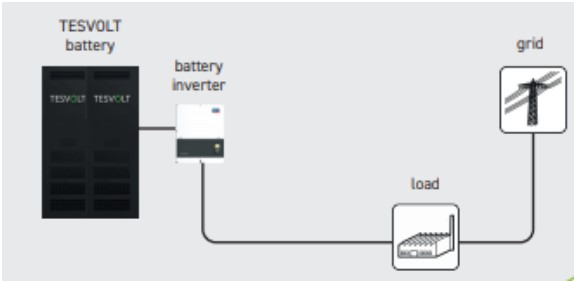With contribution from Raquelita Torres
Consumers with contracted demand pay for the power (associated with the installed load) and for the energy consumed.
At times of highest consumption, the power demanded from the network may be higher than the contracted demand of the installation, which may generate a fine for exceeding demand.
Energy can become expensive for customers who have high demand, that is, who have loads with high power, capable of generating instantaneous consumption peaks.
Battery storage systems can make stored energy available when high power requests occur, reducing the energy needed from the grid and allowing the consumer unit to remain within its contracted demand limit, maintaining equipment consumption and internally supplying power peaks. of the installation.
Battery banks can reduce the connected load seen by the concessionaire, generating considerable savings whenever load peaks exceed contracted demand, freeing the consumer from paying fines for excess demand.
Who can benefit from using battery banks? Operators of facilities with high demand for contracted electricity, such as high-speed charging stations, agricultural operations, workshops, factories and markets.
Operation
When a load peak occurs while grid electricity is being used, the battery storage system will provide additional power to reduce grid supply to a defined level so that instantaneous power never exceeds contracted demand.
Subsequently, the storage system will be continuously charged at times when there is a surplus of energy, or with energy from other sources such as wind, photovoltaic, etc.
In the example in the graph above, the peaks highlighted in red are supplied with energy from the batteries, keeping network consumption within the contracted demand limit. This range represents the potential for savings because consumption above the contracted demand has a higher price (and in some cases it is not even viable).
Necessary system elements
- High voltage batteries
- Inverters for use with batteries
- Smart energy meter (determines electrical values measured at the interconnection point). Example: Janitza UMG 604
Application example
In the Brazilian industrial sector, large commercial projects such as shopping centers are impacted by the amount charged for electricity. If consumption exceeds contracted demand, the value will be even higher.
In cases where high-consumption machines and equipment are turned on for a short period, a peak in demand (power) is generated. The use of battery systems allows you to reduce costs with such peaks. The same can be applied to markets and other facilities with momentary spikes in demand.
Example of a real case
A system was installed to meet the demands of Oktoberfest in Munich, Germany. A Tesvolt TS HV 70 Outdoor battery system with 67 kWh capacity and a 60 kW SMA Sunny Tripower Storage inverter were used.
The batteries are responsible for meeting demand at times when the largest party tent reaches approximately 8 thousand guests, with 70% of the energy used in the kitchen. Once the number of guests in the tent decreases and thus the energy demand also drops, the tent can once again consume energy only from the distribution network.





















One Response
I have already participated in storage training. I think it wasn't very productive, as the examples were given with more emphasis on lead-acid batteries.